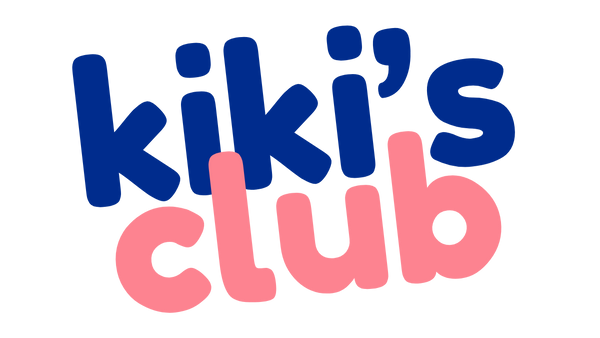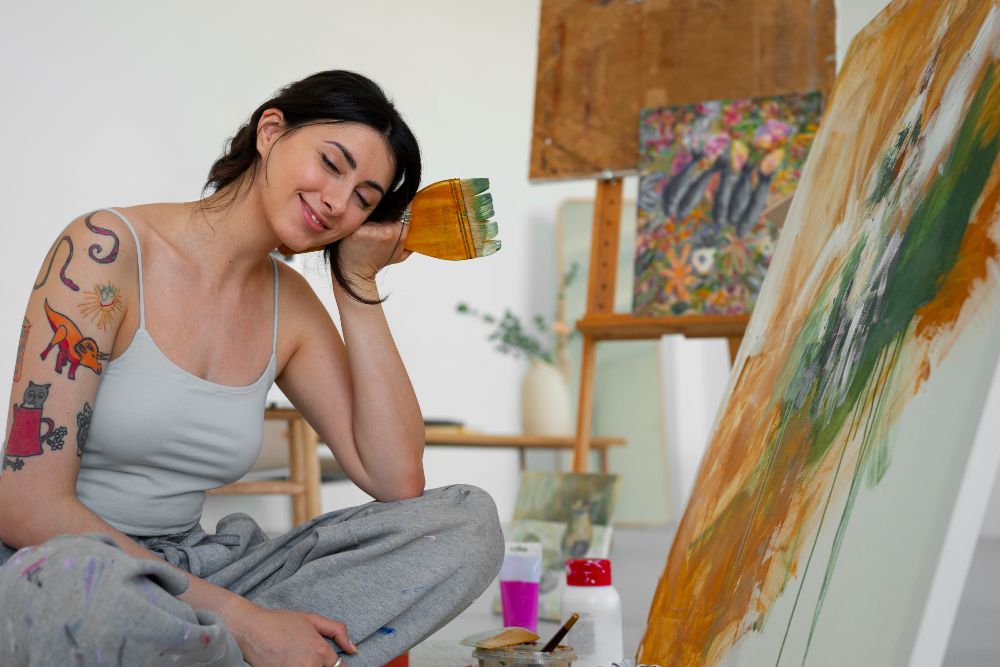Long before the formal field of art therapy emerged, artists around the world intuitively recognized the profound healing potential of art. From ancient civilizations to modern-day practitioners, the therapeutic benefits of engaging with art have been widely acknowledged and embraced. In this article, we delve into the many reasons why art has the ability to heal and promote well-being.
-
Expressive Release
Art serves as a powerful medium for emotional expression, allowing individuals to convey complex thoughts, feelings, and experiences that may be difficult to articulate verbally. Through painting, drawing, sculpture, and other artistic forms, individuals can externalize their internal world, gaining insight into their emotions and fostering a sense of catharsis and release.
-
Visual Imagery and Symbolism
Across cultures and throughout history, visual imagery has been used as a potent tool for healing and transformation. Japanese healers, in particular, have long understood the therapeutic power of imagery, utilizing techniques such as mandalas and visualizations to promote healing and balance within the body and mind. By harnessing the symbolic language of art, individuals can tap into deep reservoirs of meaning and significance, facilitating healing on a profound level.
-
Mindfulness and Presence
Engaging in artistic activities requires individuals to be fully present in the moment, focusing their attention on the task at hand and immersing themselves in the creative process. This state of mindfulness can promote relaxation, reduce stress, and cultivate a sense of inner peace and calm. By grounding themselves in the present moment, individuals can find refuge from the worries of the past and future, experiencing a sense of clarity and clarity.
-
Self-Exploration and Insight
Creating art provides individuals with a unique opportunity for self-exploration and introspection, enabling them to delve into their innermost thoughts, beliefs, and desires. Through the act of making art, individuals can gain valuable insights into themselves and their lives, uncovering hidden truths and discovering new pathways for growth and healing.
-
Connection and Community
Art has the power to connect people across time and space, fostering a sense of belonging and community among individuals who share a common passion for creativity and self-expression. Whether through collaborative art projects, group exhibitions, or online communities, engaging with art can create opportunities for social connection and support, reducing feelings of isolation and loneliness.
-
Empowerment and Resilience
Art can empower individuals to reclaim their agency and assert their voice in the world, enabling them to assert their identity, advocate for their needs, and overcome adversity. By creating art, individuals can cultivate a sense of resilience and resourcefulness, harnessing their creativity to navigate life's challenges and emerge stronger and more resilient in the process.
Easy Ways to Incorporate Art into Your Day
Incorporating art into your daily routine can be both enjoyable and beneficial for your overall well-being. Here are some easy and practical ways to infuse art into your day:
- Schedule Creative Time: Allocate a specific time each day for a creative activity of your choice, whether it's drawing, painting, sculpting, or crafting. By setting aside dedicated time for artistic expression, you can prioritize creativity and make it a regular part of your routine.
- Keep a Creative Journal: Keep a journal or sketchbook with you throughout the day to capture ideas, thoughts, and feelings as they arise. Use this space to sketch, doodle, or write down your reflections, allowing your creativity to flow freely and spontaneously.
- Immerse Yourself in Art: Take time to explore local art galleries, museums, or exhibitions in your area. Immerse yourself in the creative work of others, draw inspiration from diverse artistic styles and perspectives, and allow yourself to be captivated by the beauty and depth of art.
- Attend Art Classes or Workshops: Consider joining a community art class or workshop to learn new techniques and skills. Whether it's painting, pottery, photography, or another form of artistic expression, participating in structured art sessions can expand your creative horizons and provide opportunities for growth and learning.
- Practice Art for Self-Care: Use art as a form of self-care by engaging in activities that bring you joy and relaxation. Set aside time to indulge in coloring books, doodling, or any other creative pursuits that help you unwind and rejuvenate your mind and spirit.
- Decorate with Art: Incorporate art into your environment by decorating your home or workspace with meaningful artworks or personal creations. Surround yourself with pieces that inspire and uplift you, creating a visually stimulating and inspiring atmosphere that enhances your creativity and well-being.
In conclusion, the healing power of art is vast and multifaceted, encompassing a myriad of benefits for the body, mind, and spirit. Whether through expressive release, visual imagery, mindfulness, self-exploration, connection, or empowerment, art has the ability to heal and transform lives in profound and meaningful ways. As we continue to explore the depths of human creativity and imagination, let us embrace the transformative potential of art as a catalyst for healing, growth, and positive change.

